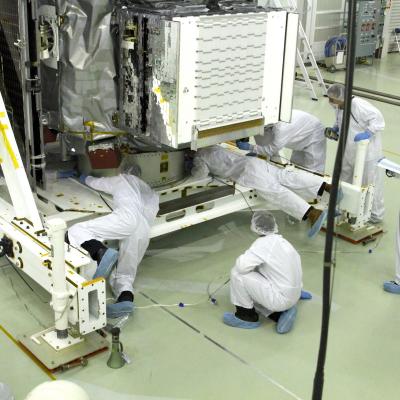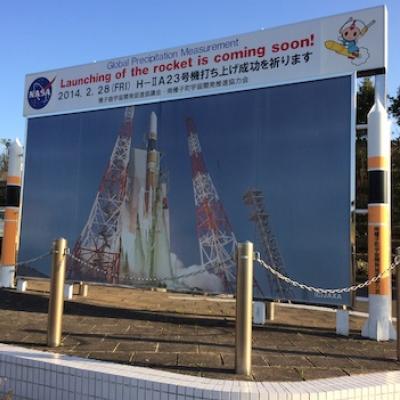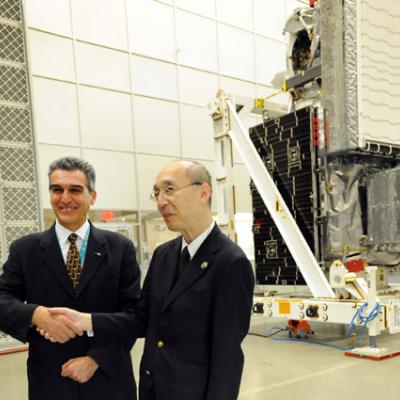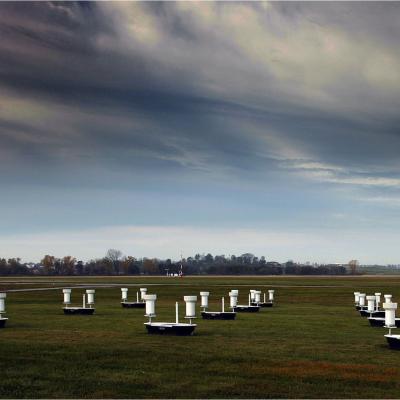GPM Core Observatory Completes Comprehensive Performance Testing
The GPM spacecraft oriented for inspections after its arrival in the clean room at Tanegashima Space Center. Image Credit: NASA / Michael Starobin On Dec. 15, the Global Precipitation Measurement Core Observatory team completed the post-shipment Comprehensive Performance Test with no significant problems. The testing took seven days to run through each of the spacecraft's systems and subsystems to ensure that the satellite is ready for space. The testing took place at GPM's launch site at Tanegashima Space Center in Japan, and was the first time all systems had been turned on since GPM's







